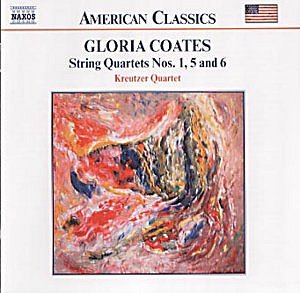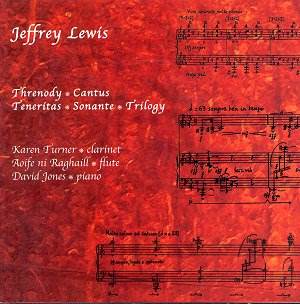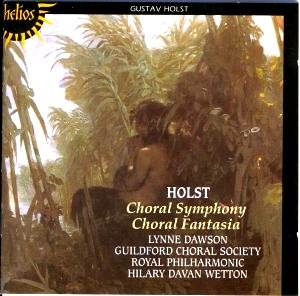 Composer: Gustav Mahler
Composer: Gustav Mahler
Works: Symphony No. 9 in D major
Performers: Moscow Philharmonic Orchestra, Kirill Kondrashin (conductor)
Recording: Live at Bunka Kaikan, Tokyo, 16 May 1967
Label: ALTUS ALT-018
Gustav Mahler’s Ninth Symphony, completed in the twilight of his life, stands as a profound meditation on mortality and the passage of time. Often viewed through the lens of its elegiac character, this symphony is a rich tapestry of emotional contrasts, grappling with themes of nostalgia and resignation. Recorded live during the Moscow Philharmonic Orchestra’s 1967 tour of Japan under the baton of Kirill Kondrashin, this performance offers a historical milestone as it is likely the first rendition of this symphony in Japan. Such context enhances the listening experience, knowing that this recording captures a moment of cultural exchange, introducing Mahler’s complex emotional landscape to a new audience.
Kondrashin’s interpretation of the opening movement is noteworthy for its fluidity and sensitivity to the work’s shifting emotional terrain. The conductor adopts a tempo that allows the music to breathe, framing the climactic, death-haunted moments within a nostalgia-laden atmosphere. This approach is particularly effective in the emotionally charged passage marked leidenschaftlich (passionate), which is executed with a surprising briskness that invigorates the material. The duet for flute and horn, emerging later like a spectral apparition, is articulated with a delicate precision that reveals a shadow play of Mahler’s intentions. However, it is the movement’s overall arc that is most compelling, delivered with an organic continuity that reflects Kondrashin’s deep understanding of Mahler’s structural intricacies.
The second movement scherzo displays a vibrant character, with the orchestra bouncing along with an exuberance that contrasts the more somber aspects of the work. The shifts in tempo are executed with finesse, maintaining a sense of underlying urgency that remains just out of reach. Nonetheless, the orchestra occasionally struggles with the rhythmic complexities that Mahler demands, revealing moments where ensemble cohesion falters. This issue persists in the Rondo Burleske, where the bitterness inherent in Mahler’s late style is still palpable, even if the orchestral execution lacks the precision found in more polished ensembles.
One of the more puzzling aspects of this performance is the treatment of the nostalgic interlude in the third movement. Here, Kondrashin’s interpretation appears to falter; his hesitance to fully embrace the dreamy quality of this passage results in an unsettling disconnect. When the main theme returns, it feels as if the listener has been abruptly jolted back to reality, rather than being gently led back by the music’s natural flow. While such interpretative choices can foster intrigue, this particular instance leaves a notable gap in the emotional narrative.
The final movement showcases the Moscow Philharmonic’s strings with a richness that complements the music’s complex interplay of passion and nostalgia. Kondrashin asserts a firm grasp on the movement’s structure, navigating through its emotional depths with a commanding presence that pulls the listener into its poignant core. The searing intensity with which the orchestra plays ultimately compensates for earlier disappointments and serves to balance the overarching emotional weight of the symphony.
While the orchestra’s commitment to the music is evident, the limitations of Soviet-era orchestral playing—characterized by a certain roughness of tone, particularly in the brass and horns—present challenges for discerning listeners accustomed to the finesse of Western orchestras. The recorded sound, immediate yet occasionally marred by level fluctuations, captures the vibrancy of a live performance, though it requires patience to fully appreciate.
This recording, while not without its shortcomings, stands as a vital document of Mahler’s Ninth Symphony through the lens of a distinguished conductor and an orchestra navigating this complex repertoire. The unique qualities of Kondrashin’s interpretation, alongside the historical significance of the performance, render this an absorbing version for those willing to explore the diverse interpretations of Mahler’s profound musical language. Enthusiasts of Mahler will find much to ponder in this compelling account, even as they may prefer more polished renditions for frequent listening.



